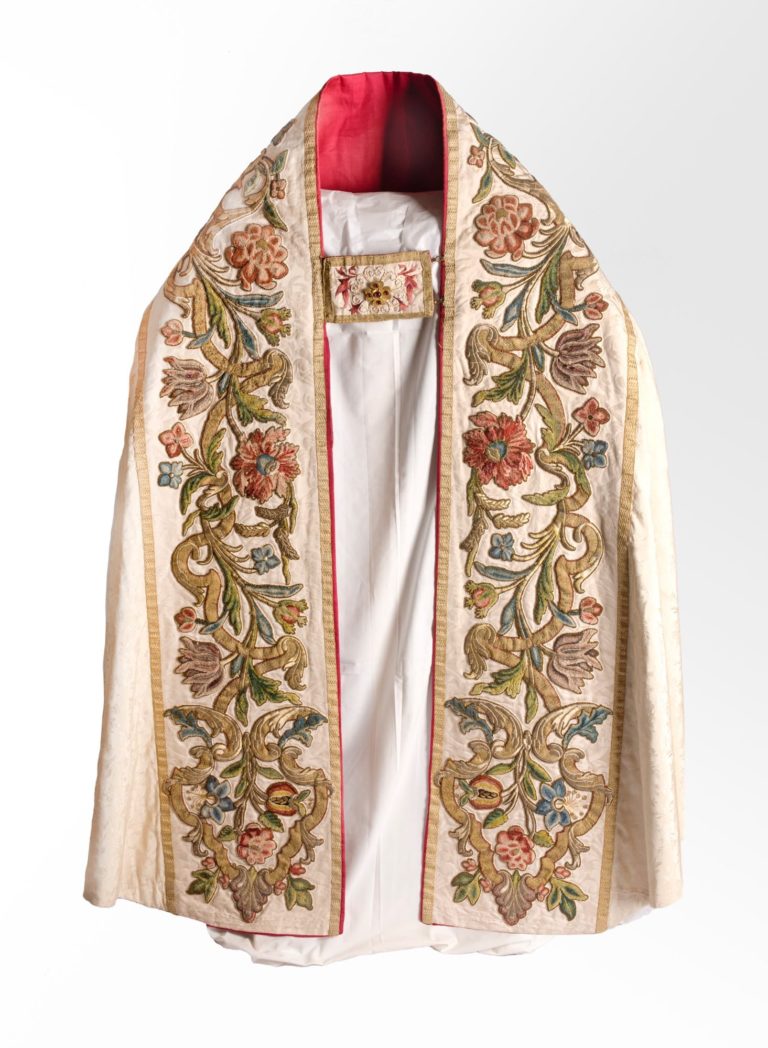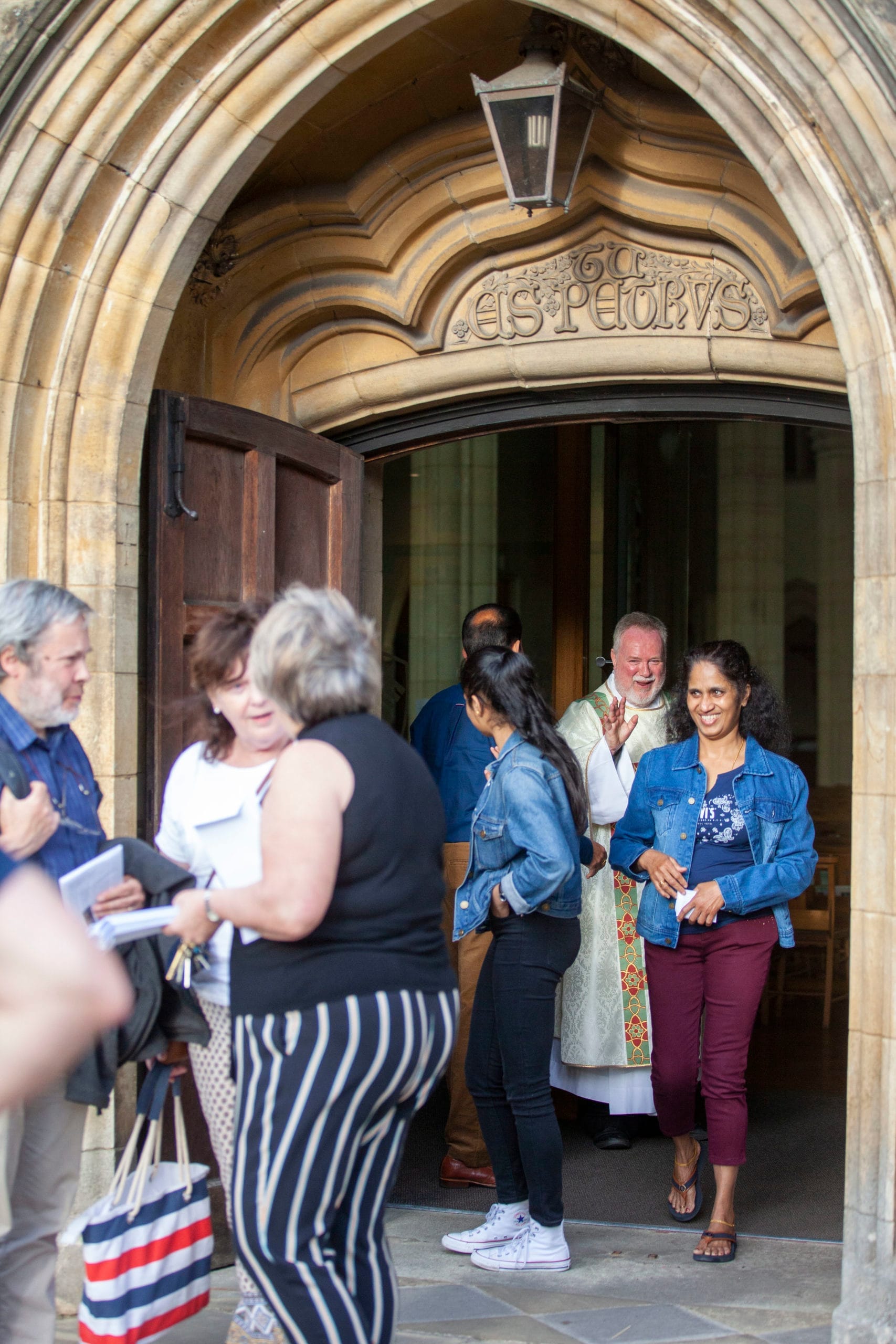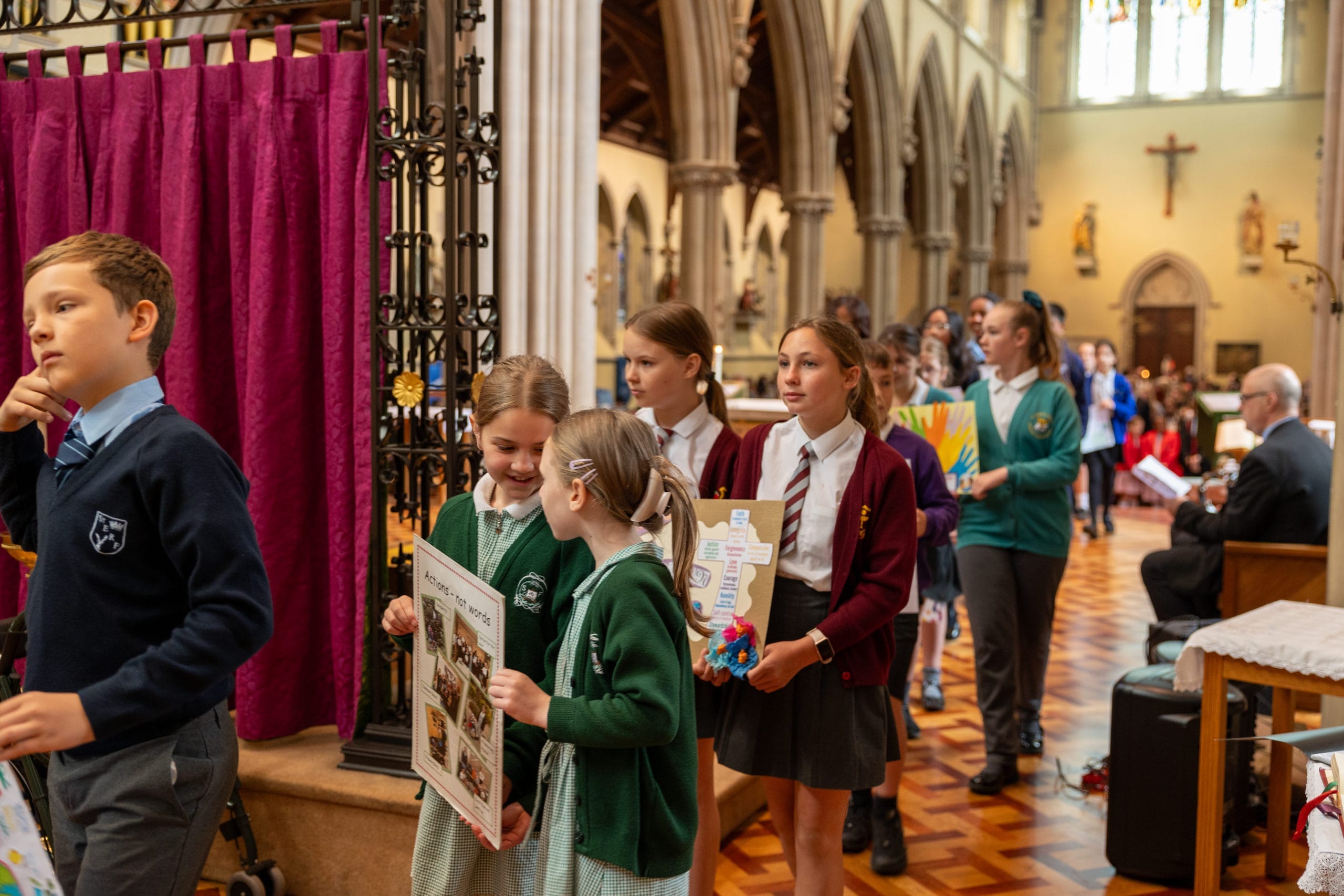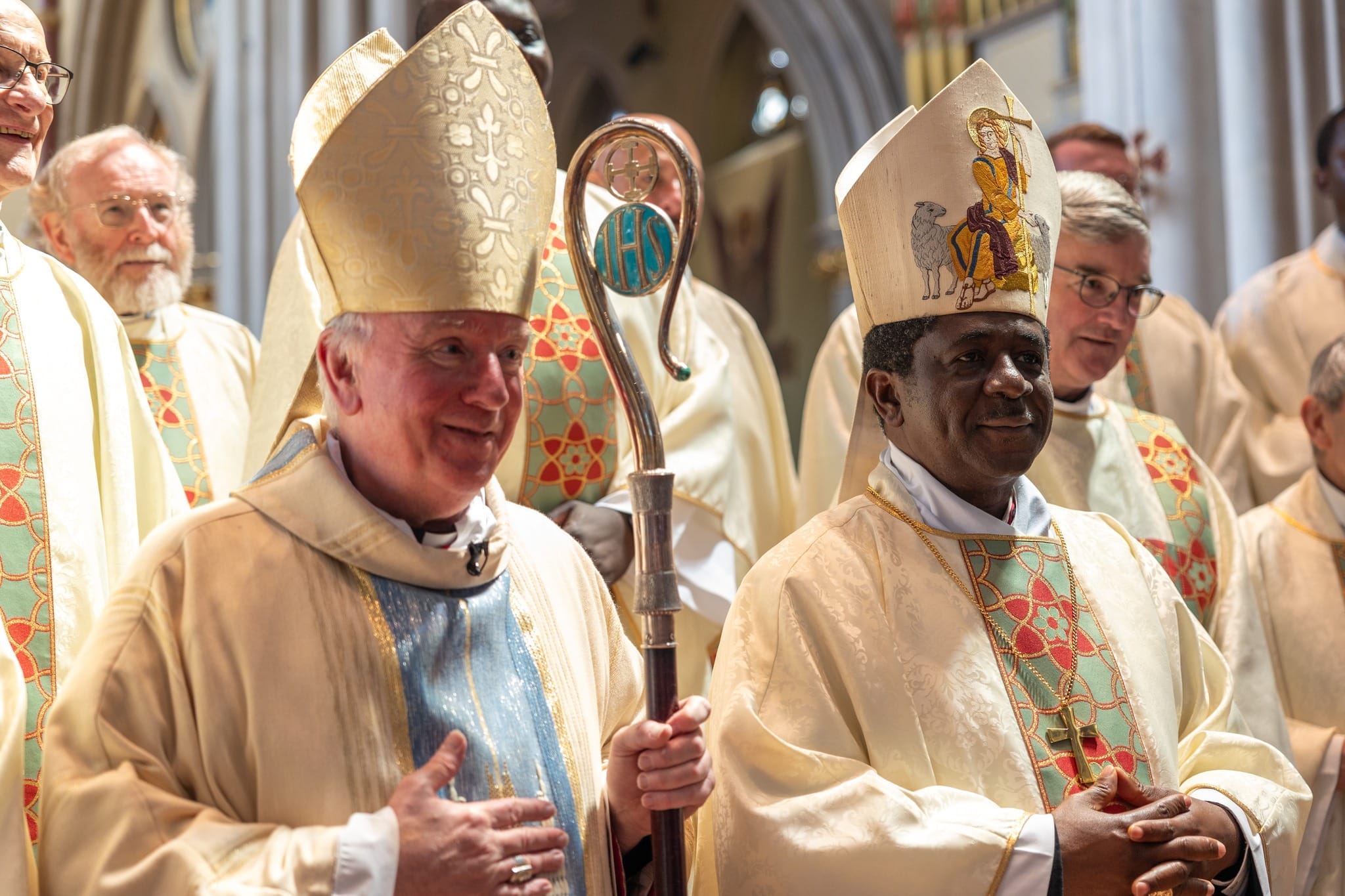A historic diocesan cope, (a liturgical vestment worn by Roman Catholics at non-eucharistic functions), which dates to the 1660s and boasts a dramatic history, is to feature in a new book entitled- 100 Treasures, and Curiosities from the Collection of Carisbrooke Castle Museum-detailing the treasures of the Isle of Wight’s, Carisbrooke Castle Museum.
The full-length cloak is formed from a semi-circular piece of cloth, it is open at the front and is fastened at the breast by hooks or a brooch. It is made of silk or other rich material in assorted colours.The cope’s origins and story thereafter narrate a fascinating 17th-century tale of Catholic persecution in England and abroad.
The book will celebrate the 125th anniversary of the museum by sharing the history of the Isle of Wight through “100 Treasures and Curiosities.”
The diocesan treasure, known as the St Dominic’s vestment, features embroidery created by religious sisters who lived in a Belgian community founded by Father Philip Thomas Howard. The community was established for English Roman Catholic women who had a vocation to religious life when religious orders and communities were still prohibited in England.

In 1794, the sisters were forced to escape Belgium due to the outbreak of the French Revolution and so buried the embroidery vestment in Brussels, which they recovered two years later and managed to smuggle back to the UK.
They eventually made their home at Carisbrooke in 1866 in St Dominic’s Priory, which was built for them by the Dowager Countess of Clare.
The embroidery was restored and remounted in 1940 by Sister Mary Hyacinth Graham.
To raise money for the project, the team at Carisbrook Museum are launching a sponsorship drive, with Medina Publishing, encouraging people to sponsor an artefact of their choice.
Dr Rachel Tait, Curator of Carisbrook Castle Museum said: “I’m excited that this book will be an opportunity to share with the public the museum’s collection of beautiful and significant as well as quirky and intriguing objects, dating from prehistory to the present day and collected over the last 125 years.’’
Bishop Philip Egan of Portsmouth said: “I was delighted to learn that a priceless piece of our diocesan heritage has been selected for this inspired project.
“The St Dominic’s vestment is steeped in history, reminding us of the courage and endurance of faithful Catholics in centuries past. This historic item gives us pause for thought, reflection, and thanksgiving.”
The enclosed community who lived at St Dominic’s Priory were sisters of the Order of Preachers, founded in the 13th century by the Spanish Saint Dominic Guzman.
The sisters were the last community of Dominican nuns in Britain and the priory closed in 1989.
More details about the current sponsorship drive for the 100 Objects project can be found at https://medinabookshop.com/100-objects?product-page=1
Recent Posts
Bishop Philip Egan welcomes the new appointment of Right Reverend Richard Moth as Archbishop of Westminster. His Holiness Pope Leo XIV has appointed the Right Reverend Richard Moth as Archbishop [...]
Read or watch Bishop Philip's newest pastoral letter. The letter can be read in full here or watched here. For more information on the event being organised by the Bishop, [...]
The Catholic Bishops’ Conference of England & Wales and Birmingham Newman University are conducting research into Neurodiversity and our Faith. If you're an adult neurodivergent Catholic or a Caregiver of [...]
Thank you for all the wonderful donations received for Bamenda Sunday. They help fund projects to support our brothers and sisters in Bamenda who are impacted by the continuing civil [...]





